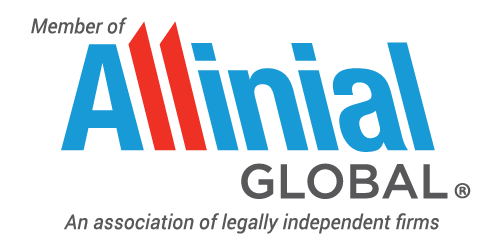Written by Paul Fullerman, CPA/ABV, CGMA
Like many CPAs and business owners, I have been reading a lot about the Paycheck Protection Program (PPP) forgiveness process. Most of what I read deals with the application process and which forms are needed. However, there are a few topics not frequently addressed which I feel are just as – if not more – important. First, is how loan forgiveness could lead to taxes on the individual owners of pass through entities (in the form of a reduction in expenses). This is an area of concern for almost all pass-through entities and their owners. Second, is the potential impact of loan forgiveness on a client’s overhead rate when working with government contracts.
As a partner of Bodine Perry, I have the privilege of working with Architecture and Engineering (A/E) firms to assist in developing and/or auditing their overhead rates. In regards to PPP loan forgiveness, it is my understanding that if an A/E firm receives government funds, and has their PPP loan forgiven, the total amount of forgiveness is to be treated as a credit against indirect wages per current rules and regulations. Without getting into the details of the regulations that lead to that conclusion, I have been working with clients to review their interim rates and wondering if forgiveness is even the best route in the long term.
For several clients I have worked with, the decrease to their overhead rate, combined with the looming tax bill they will receive for the forgiveness of these funds is enough to make them think twice about forgiveness. Since these loans were set up with low interest rates, it very well might be more beneficial for some firms, not all, but some firms to at least consider forgoing the forgiveness and entering in to a term loan for the balance of their PPP funds received. If you fall into this category, it is worth having a discussion with your bank.
This is obviously not going to be the case for all companies, but if you are looking at a potentially large tax bill in the next few years, then this might be something to start thinking about and planning with your CPA and banker.


















